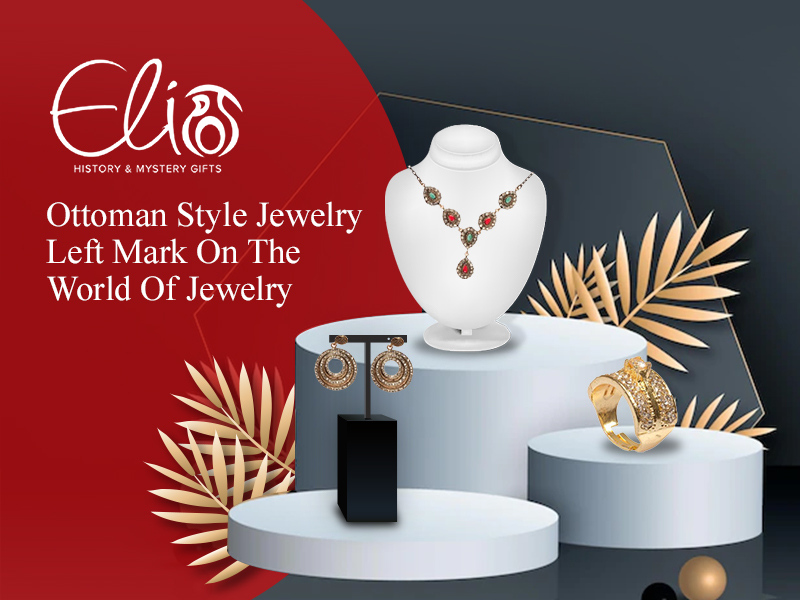Do you want to incorporate the feeling of the royal life of the Ottoman Empire into your life? What better way than adding the Ottoman style jewelry in Northern America? What the Ottoman culture fascinated the world with its elegance once has now disappeared. However, the techniques still appeal to people all over America. Turkish artisans continue to handcraft these limited stocks of ceramic pieces.
What does the Ottoman style jewelry tell us?
Could the Ottomans have known something that we did not about the stones they used in their jewelry? Looking at the beautiful jewelry of the Ottoman Empire, it is pretty inevitable to think about the deeper significance of this jewelry.
The fact is that the jewelry fitted with precious stones & gems was used to indicate one’s position and power. The jewelry worn during this time offers more profound insight into how the Ottoman sultans thought reflected their philosophies. The jewelry of this era is more than just jewelry. They tell a story of the magnificent culture of the Ottoman Empire.
The Ottomans were all about realism in their jewelry. This does not mean they were not flamboyant and dashing with different textures and colors. Instead, it means they valued the original shape & characteristics of the stones they used. Unlike the European jewelers of that time, Ottoman jewelers gave prominence to the nature of the stone instead of insisting on perfect symmetry.
Ruby, emerald, turquoise, diamond, coral, pearl, jade, and agate were among the many precious stones used in Ottoman jewelry. Plus, they valued every stone’s unique and specific powers that they used to wear.
What is Turkish or Ottoman style jewelry?
Turkey is considered the most prominent country worldwide when it comes to jewelry design. The country is home to famous artisans with famous designs.
Turkish jewelry is one of the world’s leading jewelry styles. As the art of jewelry was born and developed in the lands of the Republic of Turkey, Turkish jewelry has a long & rich legacy.
A legacy born almost 5,000 years ago and preserved today
Turkish jewelry is made using methods passed down through the ages. The Masters are from all ethnic groups that traditionally have lived in Anatolia, the most famous being the indigenous Armenians. The Kingdom of Urartu, located in the Armenian Highlands in Eastern Turkey, invented jewelry-making techniques still used today, including casting and forging.
A master artisan
To be considered a Master, one must go through years of training and apprenticeship in the art form. Many jewelers have a long history of jewelers in their families. A novice will begin in Primary or Secondary school, often in a role akin to a janitor. They slowly get introduced and taught different skills to find their specialty.
More often than not, it takes years for a novice to become a master. It takes upwards of 10,000 hours of honing a particular skill to be considered a Master Jeweler. Then they begin to train apprentices under them.
The center of Turkish jewelry is still in Istanbul. There is handmade and factory-made jewelry available from all over the country made by and with businesses helmed by Masters of the craft.
At ELIPOT, we boast the highest quality and most unique jewelry pieces that could take your breath away. Our ceramic items and jewelry are designed to bring a sense of authenticity and royalty like no other. Please visit our website to explore them.



Leave A Comment